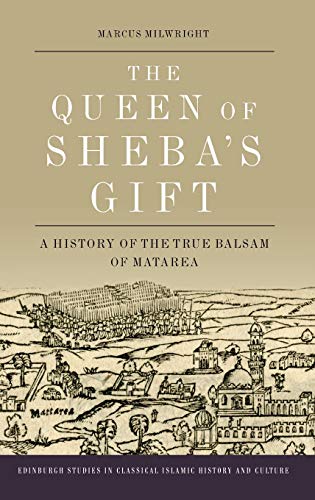

Most ebook files are in PDF format, so you can easily read them using various software such as Foxit Reader or directly on the Google Chrome browser.
Some ebook files are released by publishers in other formats such as .awz, .mobi, .epub, .fb2, etc. You may need to install specific software to read these formats on mobile/PC, such as Calibre.
Please read the tutorial at this link: https://ebookbell.com/faq
We offer FREE conversion to the popular formats you request; however, this may take some time. Therefore, right after payment, please email us, and we will try to provide the service as quickly as possible.
For some exceptional file formats or broken links (if any), please refrain from opening any disputes. Instead, email us first, and we will try to assist within a maximum of 6 hours.
EbookBell Team

0.0
0 reviews* Uses archaeological and textual sources to trace the cultivation of balsam trees from the 4th century BCE to the 17th century CE
* Surveys the evidence for the symbolic value and practical applications of balsam in the Middle East, North Africa and Europe
* Establishes the many uses of balsam in pre-modern medicine, religious ritual and royal ceremonies
* Correlates modern botanical studies with historical sources in the identification of the trees that once grew in the plantation of Matarea in Egypt
* Explores the complex socio-cultural factors that contributed to the sense of value accorded to rare commodities
* Richly illustrated with over 50 line drawings, engravings, watercolours and photographs, drawn from sources ranging across time from medieval manuscripts to 20th-century photographs, depicting balsam trees, balsam resin receptacles, the compound of Matarea, maps and more
Using written sources, visual data and archaeological material, Marcus Milwright reconstructs the fascinating cultural history of the balsam tree from Jericho and En-Gedi to Egypt, and from ancient times to the 17th century. Miwright addresses the symbolic associations of balsam and the site of Matarea (where the last balsam tree died in 1615), the distribution of products from the tree through trade and diplomacy, and the applications of these products in medicine, ritual and the domestic environment. He also establishes links with resin-producing trees from the Arabian Peninsula and the Horn of Africa.